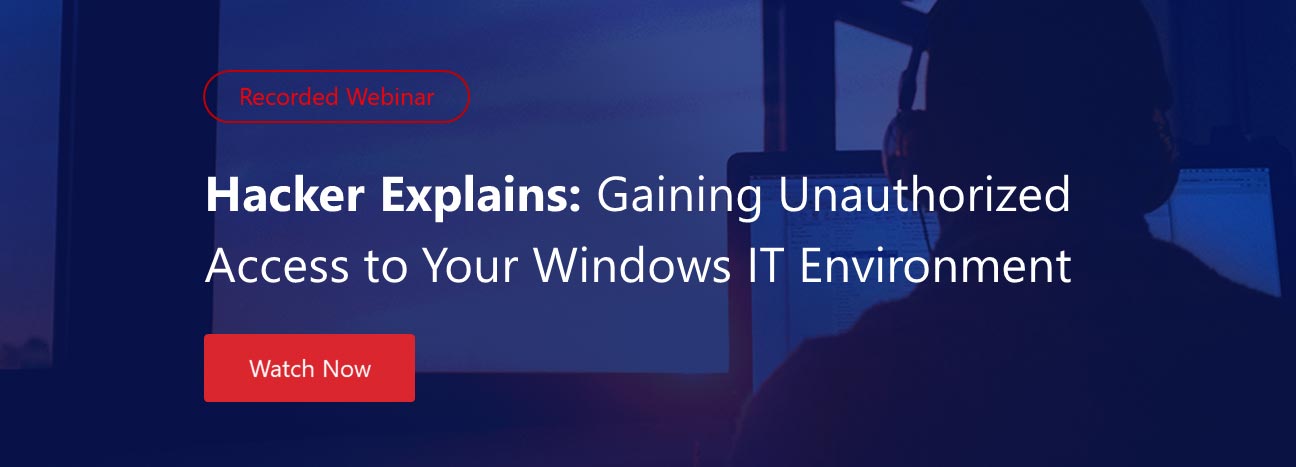A data breach can be a disastrous scenario for a small or medium-size business, and even the largest of corporations can be set back months or spend millions recovering from a hack. Minimizing risk and preventing network hacking from happening in the first place should be one of any company’s top priorities, to keep employee and customer data safe and to protect the reputation of the organization.
Unfortunately, not all hacks are preventable, and even the best security systems can be overcome using tricks and methods that hackers haven’t tried before. New methods of attacks are researched every day, and despite the best efforts of professionals, they simply might not be enough. Businesses will still get attacked, but there is a proper way to respond. Damage can be minimized in time, and a potential disaster can be turned into a speed bump on the road to business growth.
If your network gets hacked, here are the steps you should take immediately.
Step#1. Find the Source of the Problem and Fix It
Just because a data breach has occurred and a cybersecurity incident has been discovered, it doesn’t mean the threat has passed or that your systems are now secure. As soon as humanly possible, your IT professionals (and perhaps a hired expert, depending on the staff working at your business) need to be able to track down the source of the problem. This is less to place blame in the event of human error (which likely was involved), and more to cut off the breach and prevent the exploit from being used again in the future.
Once the problem is found, professionals should fix it as soon as possible, either by patching it or removing it (depending on the problem). In addition, the business should make efforts to ensure similar problems aren’t extant in other business systems or processes.
Step#2. Perform a Cybersecurity Audit and Keep Inventory
After the immediate issue has been contained, it’s important that businesses take an inventory of their data and perform a “cybersecurity audit.” This is a difficult term to precisely apply to all businesses, but your business may want to do the following, if applicable:
- Review all data throughout the company and keep track of where files are and where they’ve been, if possible. Check how services have been used and where the most sensitive information has traveled (and whether those movements have been within company policy). This might be hard to track, but the more information, the better.
- Check to see if any files are missing. While this is unlikely as hackers and cybercriminals are far more likely to simply copy files, it is worth noting signs of possible sabotage as well.
- Determine if any files have been released to the public or if there is a trail that can determine where the leaked files went. While you might not be able to remove or retrieve them, this will allow you to determine the potential motive and the likely impact of the attacks, allowing you to respond better both now and in the future.
These steps might vary wildly and you might need to add extra steps, but the main point to be made is that you need to investigate the problem extensively and take inventory of the data you have and where it’s gone. This information will be invaluable in your efforts to contain the problem.
Step#3. Perform Damage Control
This is another step that is highly dependent on the type of cybersecurity incident that occurred and the type of business you are involved with. There are different problems that can arise when a data breach occurs, and here is how to get ahead of most of them:
- Get ahead of the problem before it becomes public knowledge, if your company is involved with the public or has investors. Under no circumstances should a data breach be swept under the rug, as it likely will be discovered, and trying to hide it will only make things much worse for your business. Explain that the problem has been discovered, that it is being managed and that all the necessary steps are being taken so that it will never happen again.
- Change passwords and verification methods immediately as both are a measure to reassure employees as well as strengthen security.
- Take proactive measures to protect those affected by a breach or identity theft as a means to mend and protect those relationships. Providing credit monitoring services is generally a good start.
- Set aside resources to handle further complications from the problem, perhaps even set aside IT professional time to answer questions from employees and clients/customers
- Document everything. It is quite possible legal battles or issues could arise as a result of the data breach, and you will want to make sure everything is in order so that you can make a strong argument in your favor.
- Get back to the day-to-day routine of the company. Outside of the following emphasis on training, you will want to keep on-message with your brand, and you will still want to provide spectacular service to maintain your business’s credibility. No one wants to see a company in panic.
Step#4. Retrain and Refocus
Once the dust has settled and your business has plans under way to deal with the problem and prevent it from happening again in the foreseeable future, it is a great time to review your cybersecurity protocols in general and to provide efficient training for employees within your organization. It will likely improve the morale of employees, who will feel more confident such a thing will not happen again, and given the threat, they will be more receptive to feedback and training on cybersecurity topics.
You may wish to refine or refocus the training depending on the exact nature of the data breach and the operations of your company, and your business should rely on its cybersecurity or IT professionals for these considerations.
As a leader and a professional, what steps would you add to those above to a data breach response plan? Have you ever experienced a breach, and if so, how did you handle it? Do you have any other thoughts on the subject? Please leave a comment below and tell us what you think.
About the Author: Cassie is a cybersecurity writer and blogger who regularly contributes to Secure Thoughts, a website that regularly runs pieces on cybersecurity for businesses and the average person alike. She hopes this information helps you and that you will be able to formulate an improved plan for protecting your business from cyber threats.


